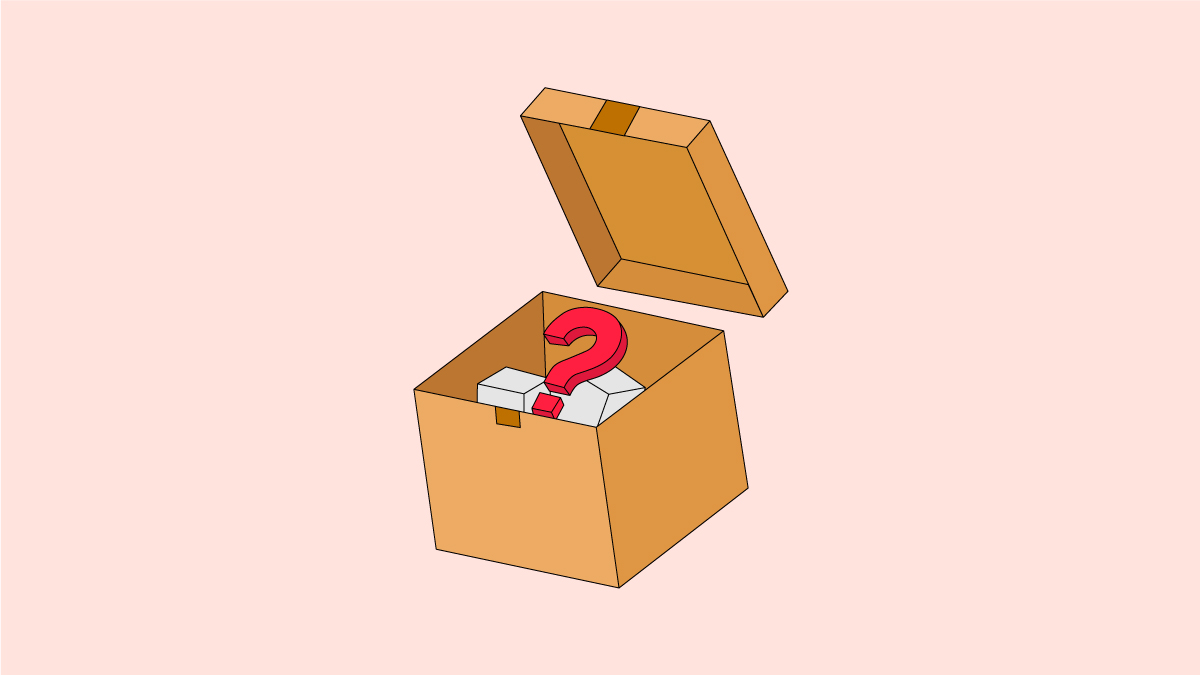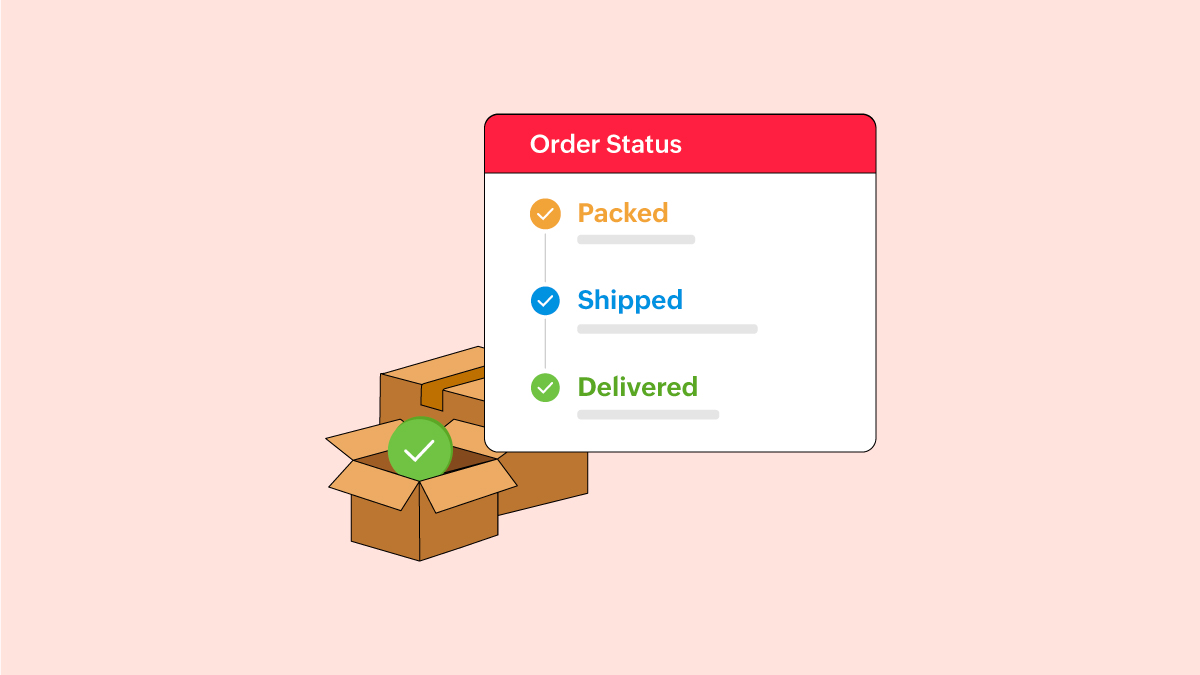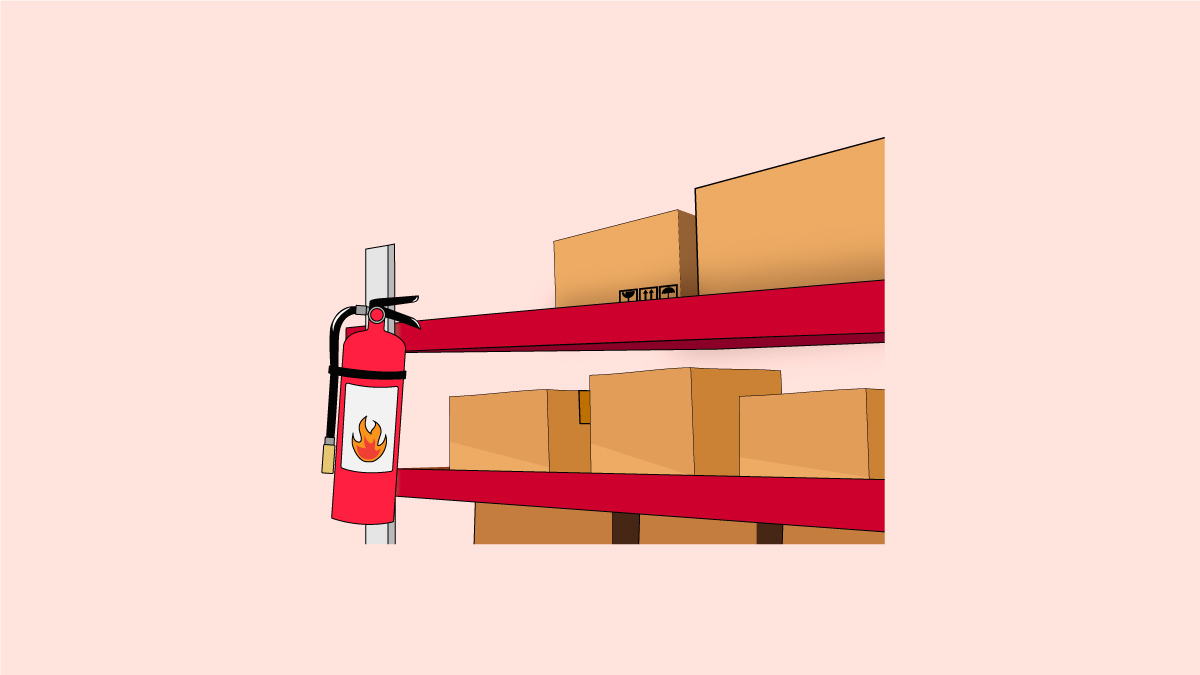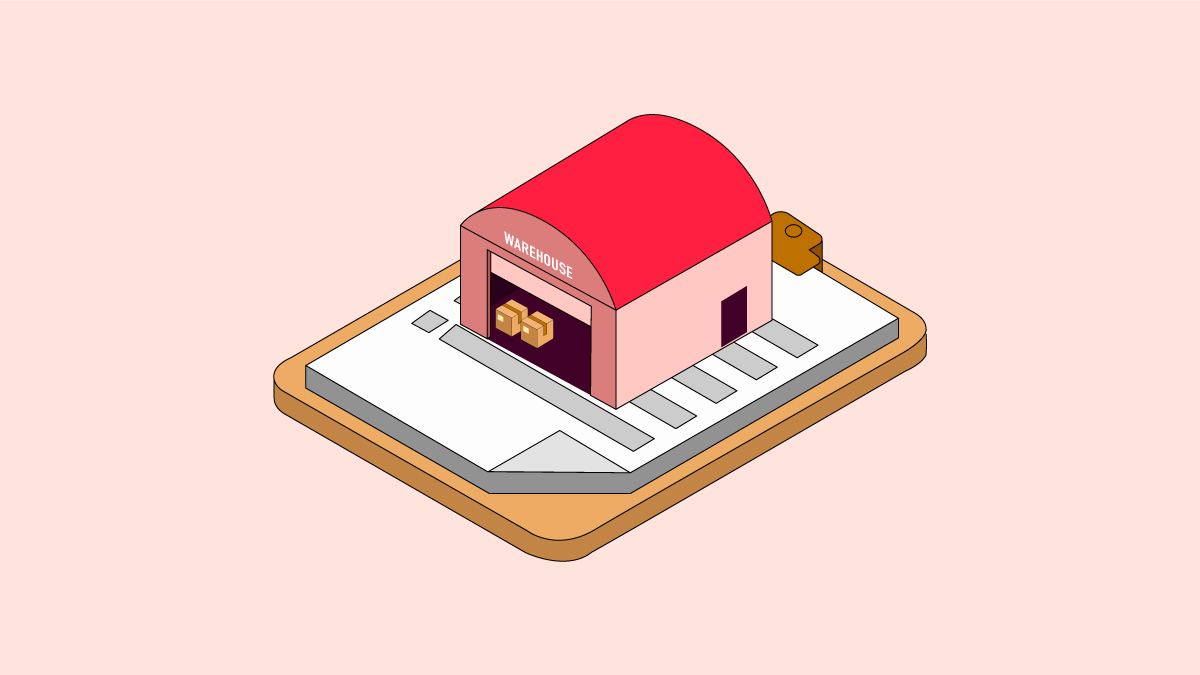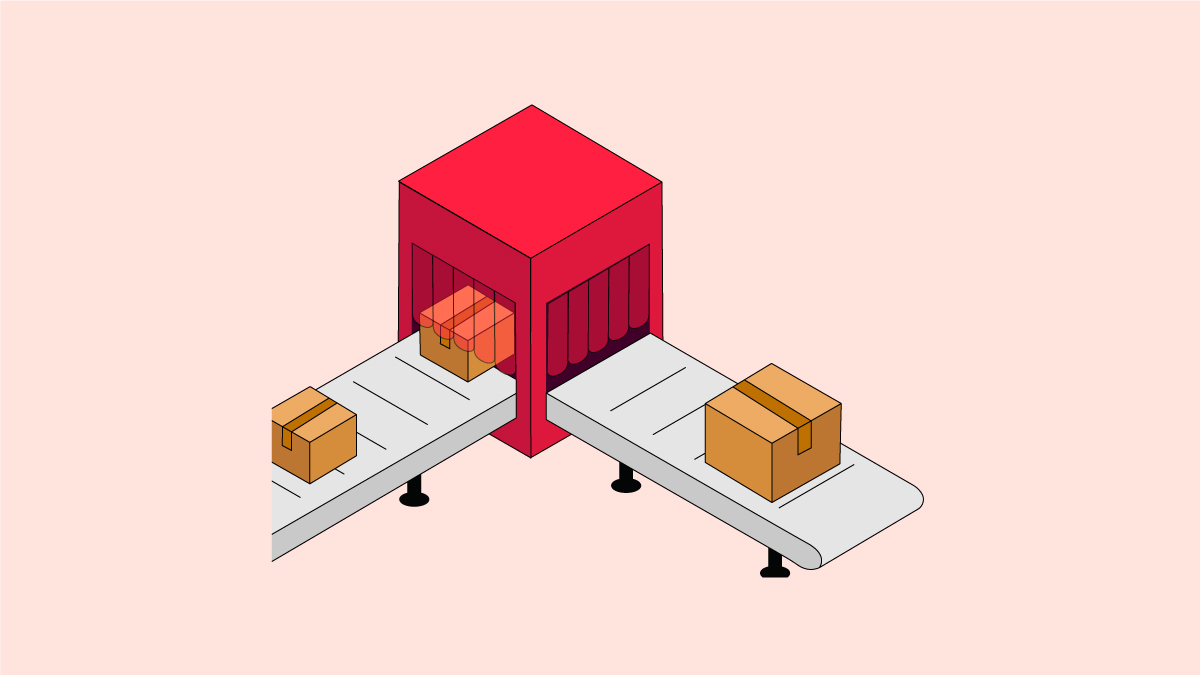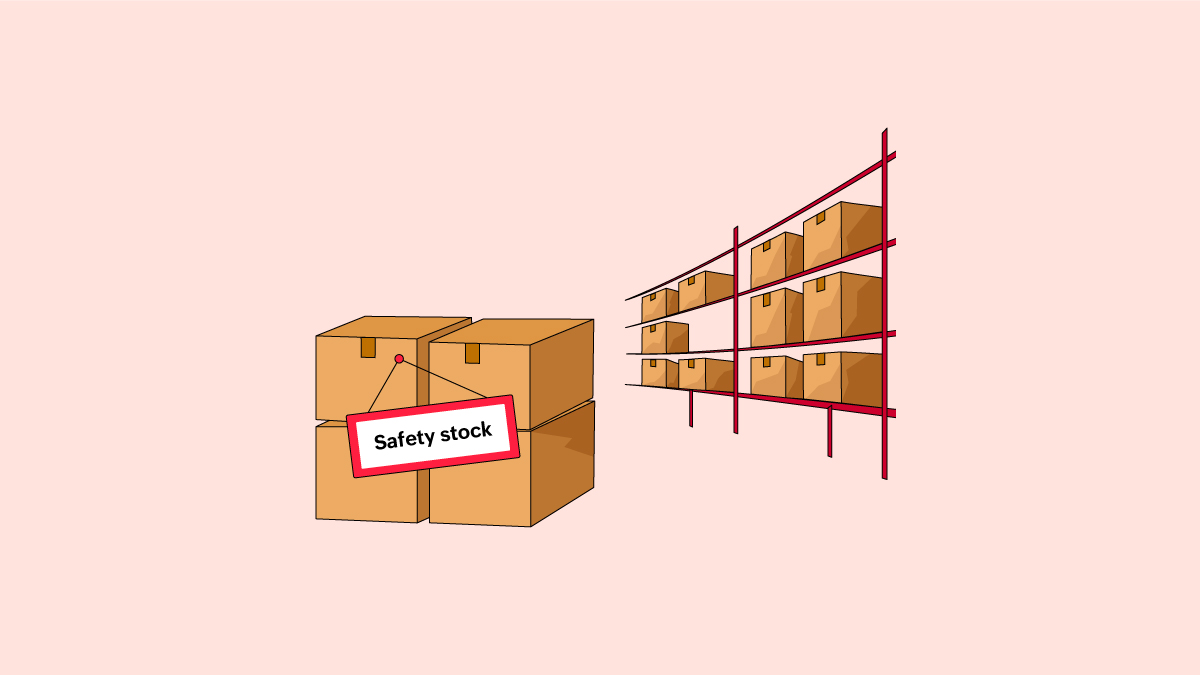Latest from us
Filter By
Clear filter

Multichannel Selling
Multi-channel ecommerce best practices: 9 proven strategies for 2025

Multichannel Selling
Best multichannel ecommerce marketplaces and channels

Multichannel Selling
Multichannel vs. omnichannel: Which is right for your business?

Multichannel Selling
What is multi-channel ecommerce? Definition and benefits

Warehouse Management
Part 4: Industry-specific needs, future-proofing, and avoiding common mistakes

Order Fulfillment
Part 3: Choosing the right vendor and matching system size to your business
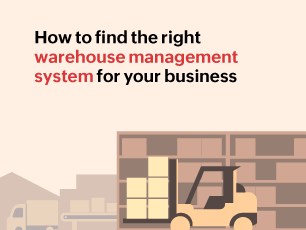
Warehouse Management
Part 2: Essential WMS features that actually drive results
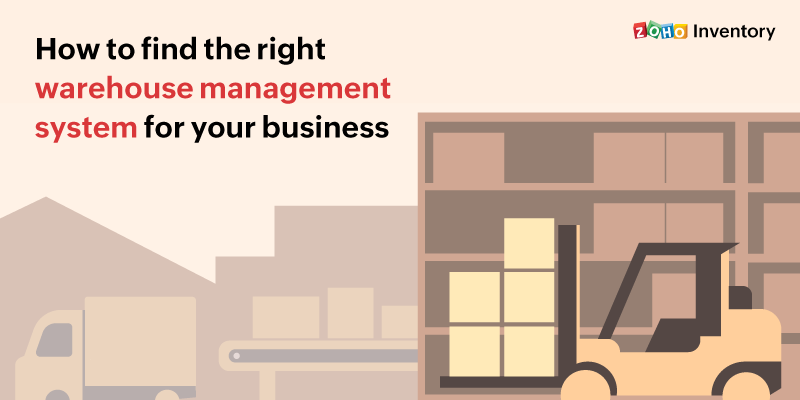
Warehouse Management
Part 1: Understanding warehouse management systems and how to choose one

Inventory Management
Manufacturing inventory management: Production efficiency guide
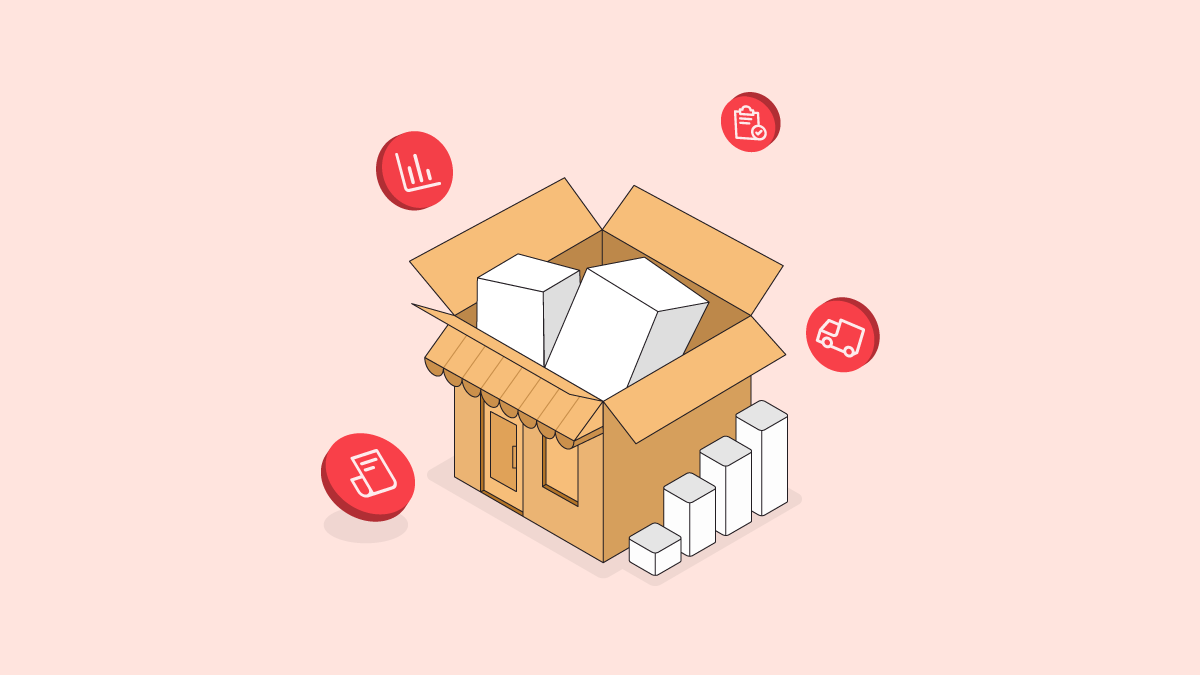
Inventory Management
The smart business owner's guide to inventory management software in 2025
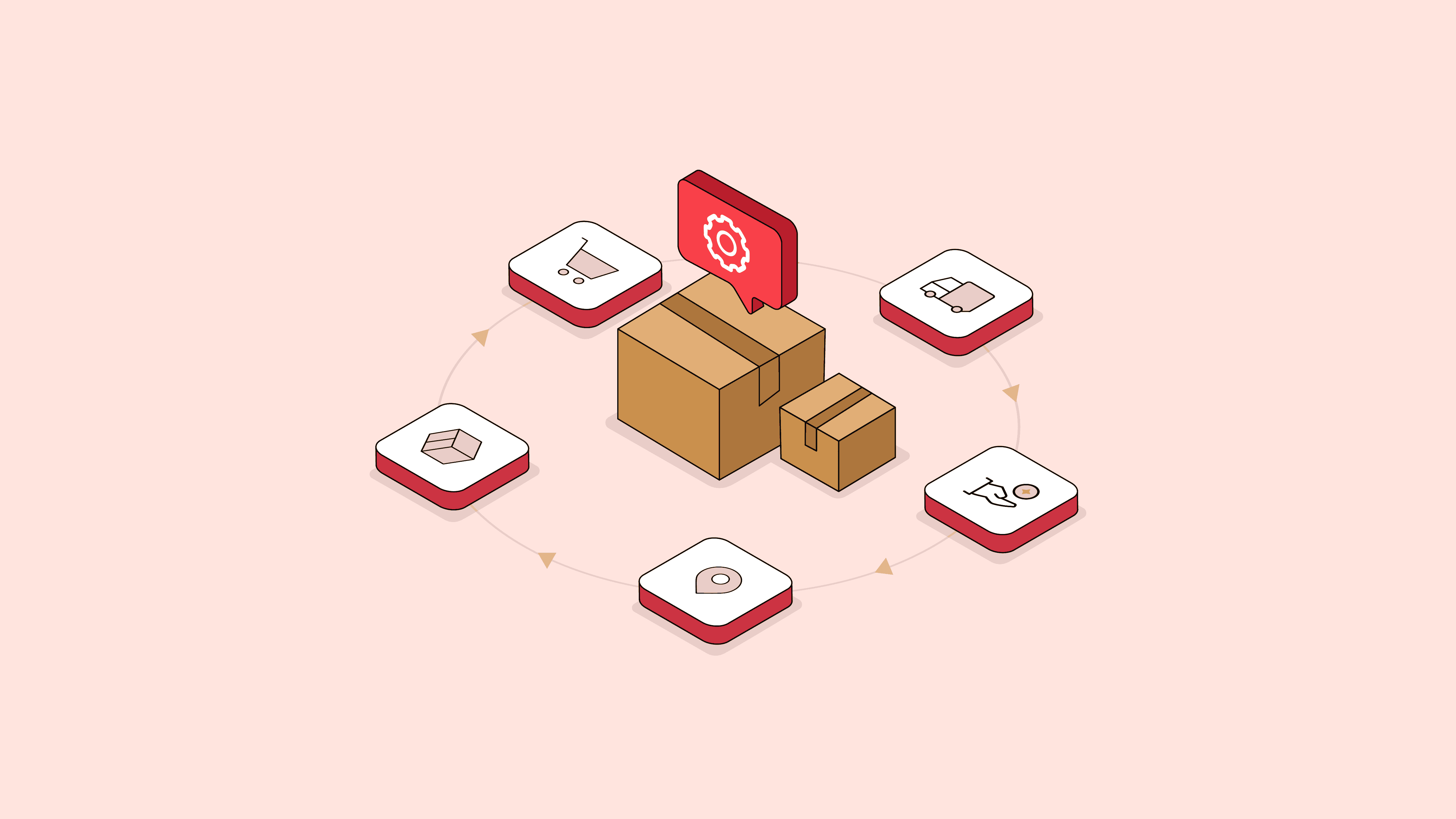
Inventory Management
Supply chain cost optimization: Practical tools and implementation

Inventory Management
Supply chain optimization: A framework guide

Inventory Management
An overview of supply chain management

Inventory Management
What is an AI Inventory System, and Why Do You Need One?
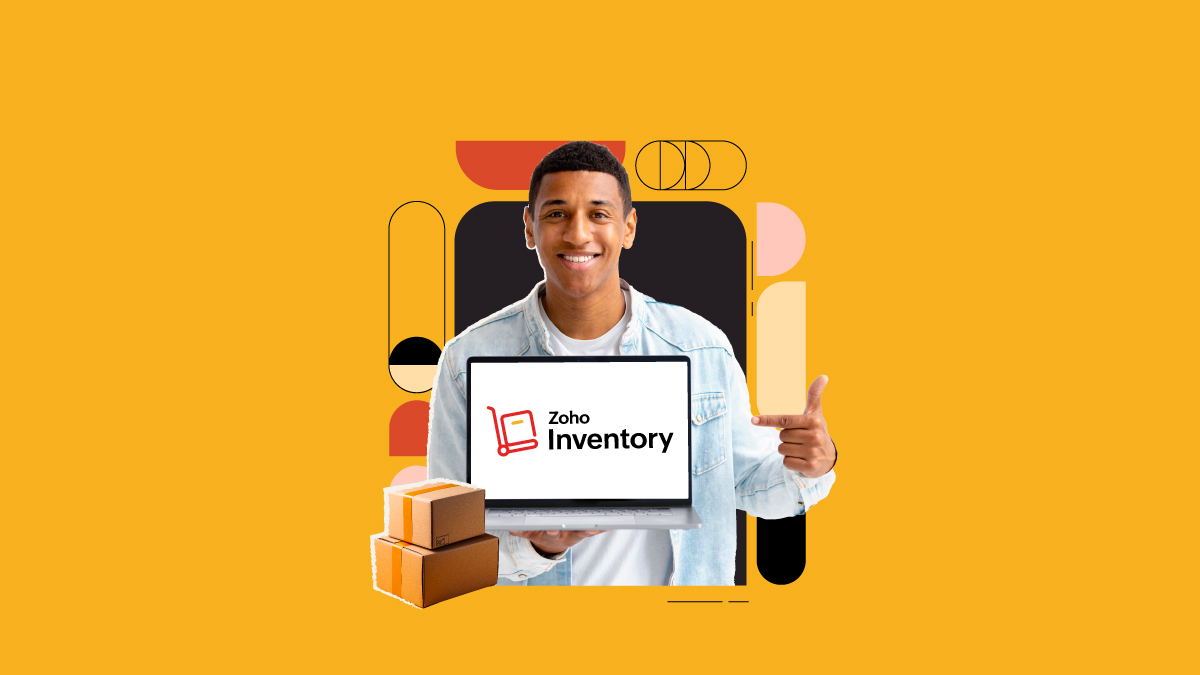
Inventory Management
Real-Time Inventory Management with Zoho Inventory

Inventory Management
